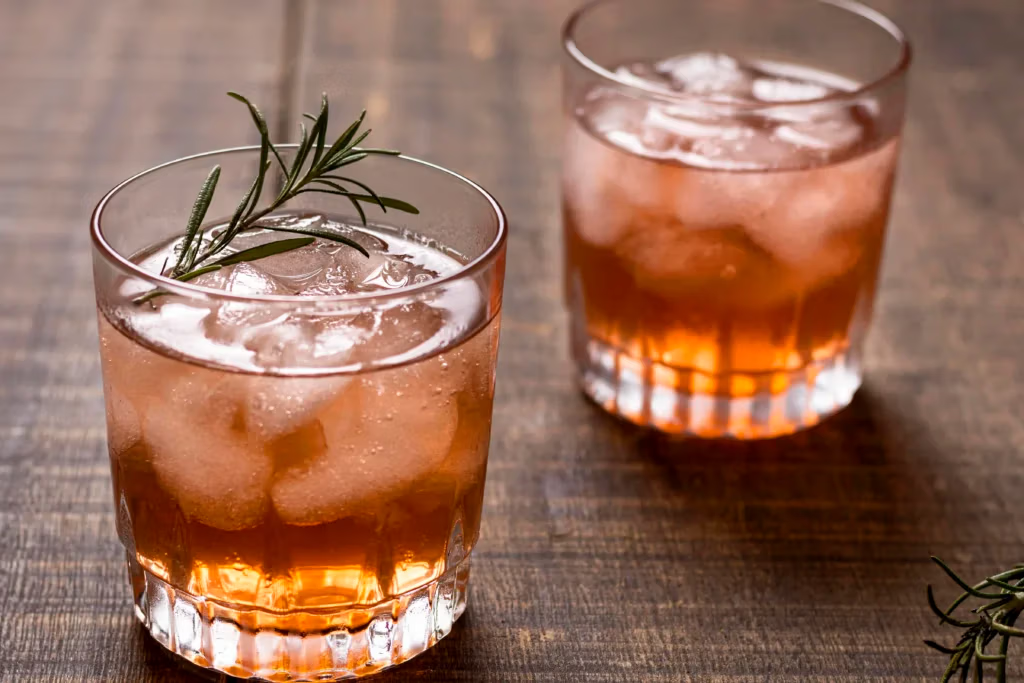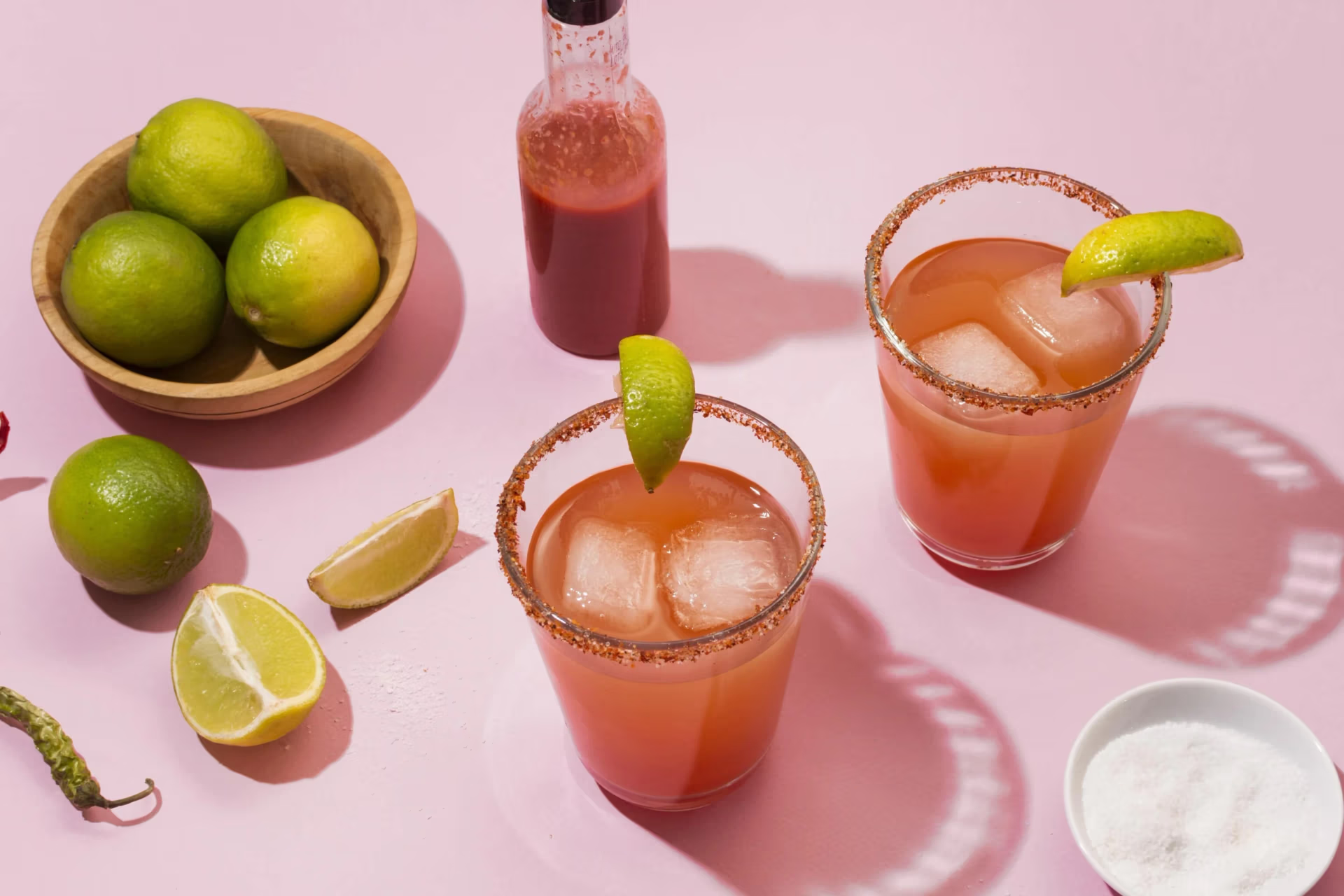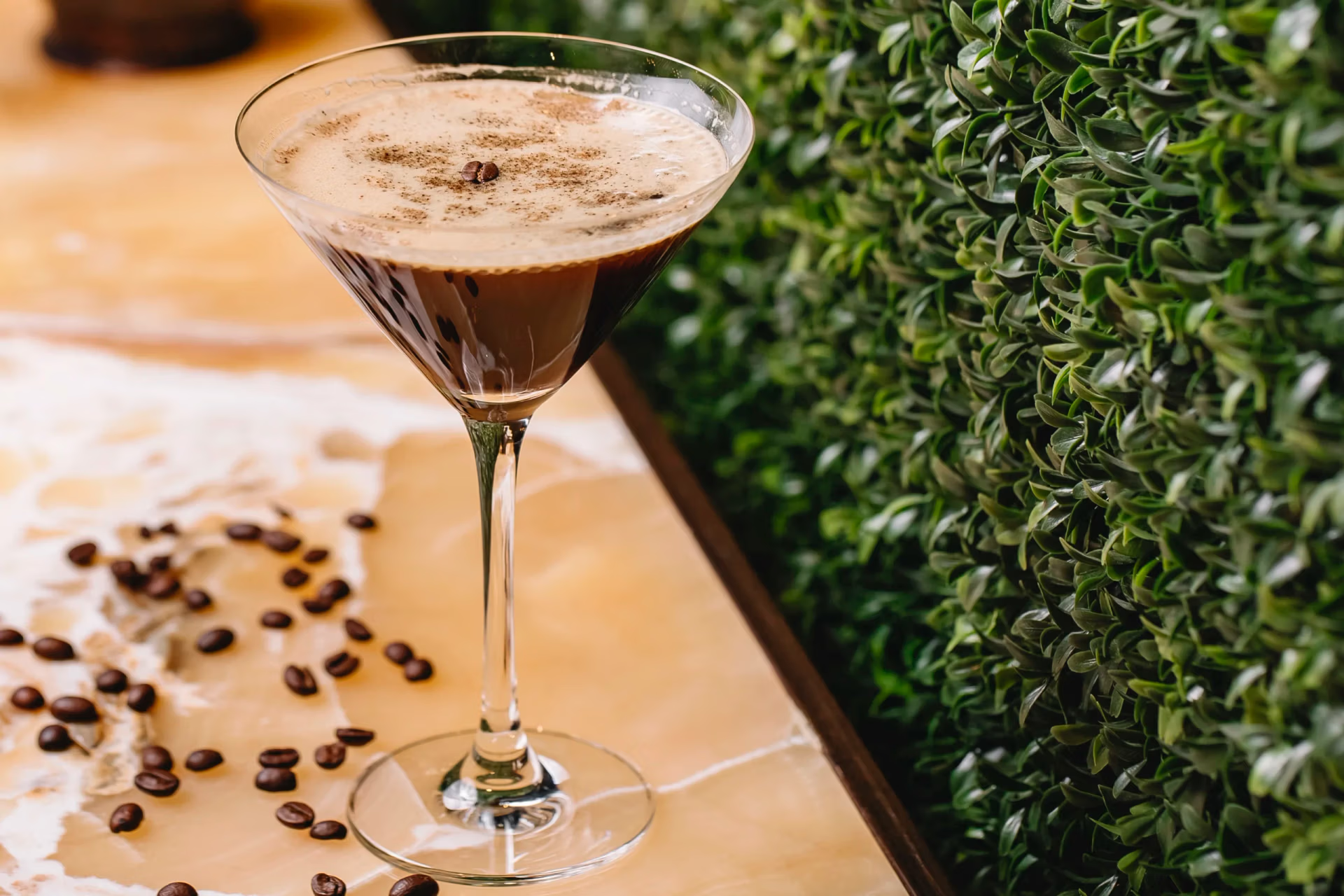The world of fine spirits is one of nuance, tradition, and sensory exploration. For some, enjoying whiskey, rum, tequila, or cognac is a simple pleasure. For others, it’s an art form. Sipping spirits like a connoisseur requires patience, knowledge, and appreciation of craftsmanship—transforming every glass into an experience worth savoring.
In this guide, we’ll explore how to taste, evaluate, and enjoy spirits with confidence, whether you’re new to the journey or looking to refine your palate.
Why Sip Like a Connoisseur?
Drinking spirits isn’t just about consuming alcohol—it’s about experiencing flavors, aromas, and heritage. Connoisseurship invites you to:
Discover the artistry behind distillation and aging.
Appreciate subtle differences between regions and styles.
Cultivate a more mindful, elevated drinking experience.
Impress friends with your ability to identify tasting notes like oak, vanilla, spice, or smoke.
Approaching spirits with curiosity transforms a casual drink into a journey through culture and craftsmanship.
Setting the Stage: The Right Glassware and Environment
Before the first sip, the right setting enhances your experience.
Glassware Matters: Tulip-shaped glasses (like a Glencairn for whiskey or a snifter for cognac) concentrate aromas, making it easier to detect subtle notes.
Environment: Choose a quiet, relaxed space free from strong competing smells (like food or perfume).
Serving Temperature: Room temperature is ideal for most aged spirits, while some white rums, gins, and aquavits may shine slightly chilled.
Creating the proper environment primes your senses to fully engage with the spirit.
Step 1: Observe the Spirit
Begin by examining the liquid.
Color: Spirits aged in oak often develop hues of amber, mahogany, or gold, while clear spirits like gin or vodka remain transparent. The depth of color can hint at age or cask influence.
Viscosity: Swirl the glass and watch how the liquid forms “legs” or “tears.” A slower, heavier drip often suggests higher sugar or alcohol content.
Observation offers the first clues about the spirit’s character and aging process.
Step 2: Engage the Nose
Aromas carry most of a spirit’s complexity. To nose like a connoisseur:
Gently swirl the glass to release volatile compounds.
Take short, delicate sniffs rather than deep inhalations.
Identify layers: fruity, floral, spicy, woody, earthy, or smoky.
For example:
A single malt Scotch might reveal notes of peat smoke, dried fruit, or honey.
A fine tequila may offer hints of roasted agave, citrus, or pepper.
Your nose prepares the palate by priming expectations of flavor.

Step 3: Taste with Intention
When sipping, let the spirit linger.
First Sip: Allow your palate to adjust to the alcohol.
Second Sip: Identify primary flavors—sweet, spicy, smoky, or herbal.
Third Sip: Look for complexity—secondary notes like vanilla, caramel, citrus peel, or leather.
Pay attention to mouthfeel (silky, oily, crisp) and finish (how long the flavors linger). A long, evolving finish often signals high quality.
Step 4: Consider the Context
Connoisseurship extends beyond taste—it’s about storytelling and heritage.
Learn about the distillery: Is it a family-owned craft operation or a historic producer?
Explore the region: Terroir influences everything from Scotch whisky’s peaty Islay style to tequila’s earthy agave flavors in Jalisco.
Understand the production method: Pot still vs. column still, barrel types, or fermentation techniques all impact the final spirit.
The more context you have, the richer your appreciation becomes.
Common Mistakes to Avoid
Even seasoned enthusiasts fall into traps:
Rushing the experience: True enjoyment comes from slow, mindful tasting.
Overusing ice: While a splash of water can open flavors, too much dilution masks complexity.
Chasing strength over flavor: Higher proof doesn’t always mean better quality.
Avoiding these pitfalls ensures a more authentic connoisseur’s experience.
Expanding Your Palate
To refine your skills, explore widely.
Whiskey: Compare bourbon’s sweet vanilla notes with Scotch’s smoky peat.
Rum: Taste the difference between light Caribbean rums and rich, aged agricoles.
Tequila & Mezcal: Contrast tequila’s crisp agave with mezcal’s earthy, smoky depth.
Cognac & Armagnac: Notice how oak aging brings complexity to French brandies.
Keeping a tasting journal helps track impressions and build confidence in identifying recurring notes.
Final Sip: Embracing the Connoisseur Mindset
Sipping spirits like a connoisseur is less about rigid rules and more about cultivating awareness and appreciation. Every glass holds history, craft, and character. By slowing down, observing, nosing, and savoring, you elevate drinking into an art form.
So next time you pour a dram, remember: you’re not just drinking—you’re partaking in centuries of tradition, craftsmanship, and culture.







